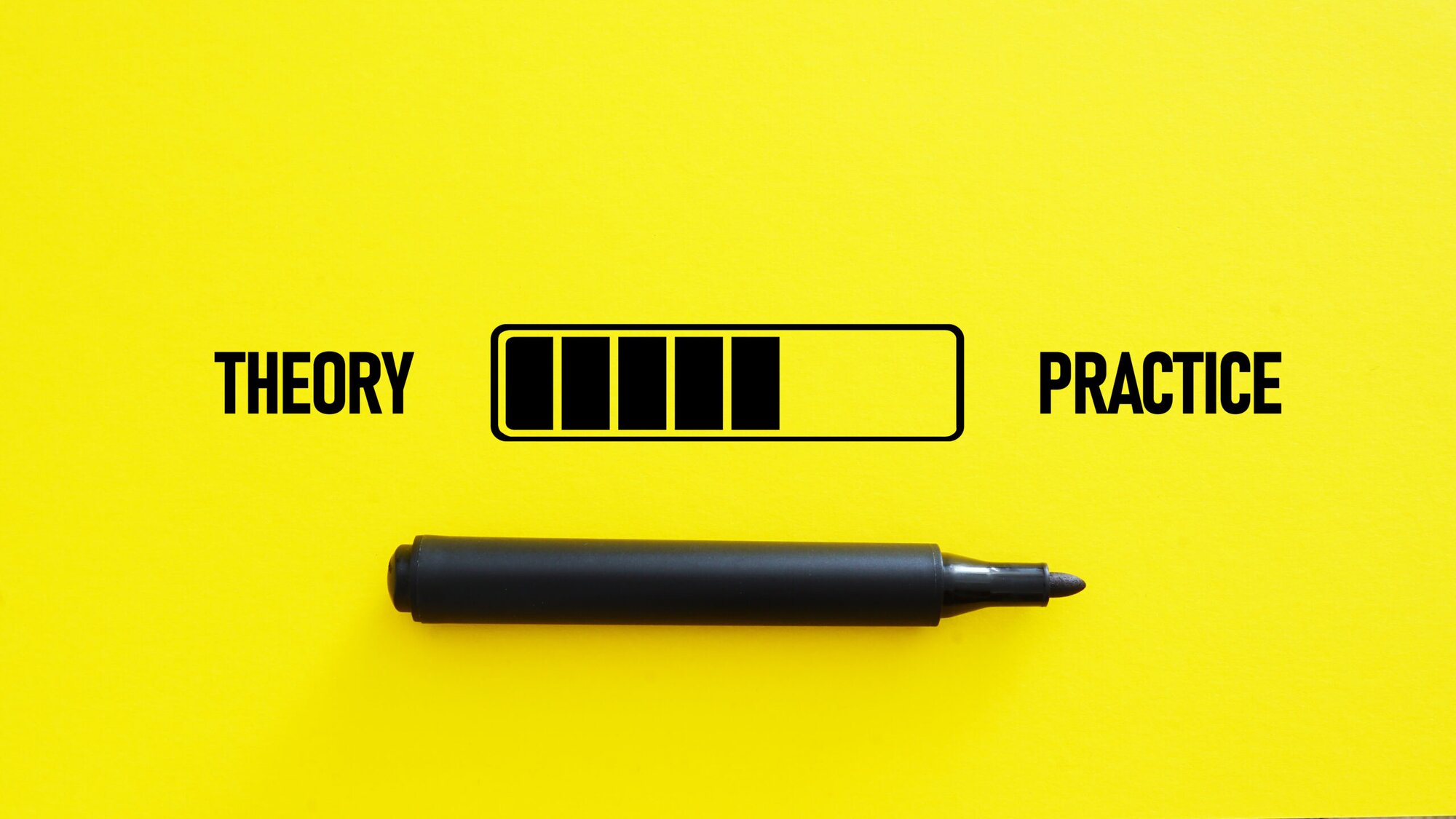The uninitiated mostly scoff at the concept of always kicking off a project, while those who know how powerful they can be can’t live without them. Here's why product managers need kick-offs, when to run them, how to structure them for success, and what not to do!
Let’s start with a picture you’re probably familiar with. You're sitting through hour three of a meeting called to discuss the start of a new project. Its objective was to “align” around what a team or organization needs to do to solve a big problem. It doesn’t feel like anyone is leading the discussion and an engineer or stakeholder is headed into the twentieth minute of what went wrong, or what mistake was made six months ago.
I think we've all been there. I remember one “alignment” meeting I called to discuss how to revamp the company’s mobile app and strategy. I was new to the company and I'd arranged an agenda to focus on which customer segments to target. I'd gathered a ton of data from research teams, created a Miro board to help facilitate a dump and sort, and, in preparation, had had a few conversations with people who could provide context and insight into customer journey, behavior, and goals with the current mobile experience.
The CPO required that I invite about 20 people to the meeting. This was a huge risk and I did a fair amount of thinking about how to facilitate and accommodate this many voices. Yet, despite all my prep, a few high-ranking individuals derailed the agenda in favor of discussing (in minute detail) everything that had ever gone wrong with the mobile app and strategy for the past two years. Despite my best efforts, I wasn't able to get the group focused on discussing the customer, let alone on coming to a conclusion on the priority of customer segments.
Such meetings demoralize the team, derail the goals of a project, and block a clear understanding of where to start. They lead many folks to roll their eyes at the concept of a project kick-off meeting.
But I’ve seen the power that a great project kick-off meeting can have. So below I’ve outlined a few things that help to create a strong foundation for a successful meeting, and a few things to try to avoid.
Why are project kick-offs important?
We product managers have an unenviable task. We are leaders without authority, responsible for work that we do not do. More often than not, we receive projects from our organizations that are filled with holes and unvalidated assumptions. The products that product managers are responsible for are, more often than not, set up to fail. So what do we do? Do we throw up our hands and just build what’s asked for, knowing that it presents considerable risk?
The culture of your organization and the culture that you embody can make a huge difference as to whether you become the narrator or victim as you manage product delivery. In contrast to the horrible meeting I described above, I conducted another kick-off meeting with a core cross-functional team of about eight people, all of whom would be working on delivering the project personally.
We were able to clarify and prioritize what the project could accomplish for the business, talked about what was out of scope for the first release, and finally, had a robust conversation about the risks that the project could encounter and what we needed to to mitigate them. In 90 minutes, we were able to create a clear sense of alignment within the team about our mission, the scope of the first release, and a roadmap of action items that would help get us there while derisking at the same time. It created a strong sense of direction and saved the product manager on the project lots of time.
This is what we mean when we talk about kick-offs.
How to gain autonomy over a project
Here are three key things a product manager needs to in order to gain and maintain autonomy over a project:
1. Align around objectives
The first thing to ask for any project, no matter where it has originated from, is: “What is the organization trying to accomplish by building this?”. Product managers can also layer additional questions like, “What will building this successfully accomplish for our customers?”.
2. Surface risk
Think of it like this — if aligning goals is your skeleton then surfacing risk is your muscle. Understanding the blindspots in terms of customers, technology, resources, capacity or strategy will have a major impact on how you plan a project, your prioritization process and reasoning, and your stakeholder management strategy.
3. Create transparency
This is where modeling by product managers really comes into play. Do you encourage side conversations, is information shared through a daisy chain? Does the project team feel they can speak openly about complexity, scope and questions? You have the ability to create an atmosphere of openness, feedback and continuous improvement.
Project kick-off pitfalls
So with these goals in mind, let’s talk about the mistakes and pitfalls that a lot of product managers make that can completely screw up a kick-off meeting.
Lack of clarity about a project's aim
Thinking back to that mobile strategy kick-off meeting, I realize now that I was set up for failure. Leadership at the organization hadn’t set out any clear goals for mobile other than “fix it.” But what did that mean? Did it mean updating the customer experience in the mobile app? Rebuild the app from the ground up? Expand engagement into new segments? Because the project itself didn’t have clear boundaries, the kick-off meeting wasn’t going to galvanize us towards a clear mission.
Inviting too many people
For a kick-off meeting you want to make sure that individuals involved are typically either in the Responsible or the Accountable bucket (if we are using a RACI model,) otherwise it’s pretty easy for someone else to “what about” the meeting to death.
Failing to prepare in advance with the right people
Even successful kick-offs can go a bit wrong if you don’t line up with the right people beforehand. I once worked with a product team that was really used to getting handed things via the executive team and just running with them. As our kick-off meeting started, the product manager told the team to “get ready for a really intense week”. I felt that this was a false statement because if the work was prepped well and a solid roadmap laid out, the team could work at a sustainable pace and still deliver value at the designated milestones. Correcting this perception made the product manager and myself appear to be out of step. Making sure that team leaders are aligned on messaging and process is important for setting the right tone.
Being unclear on what the kick-off meeting should accomplish
The outcomes of a kick-off meeting depend on where you are in the product development life-cycle. If you’re starting discovery, then the kick-off meeting will align around what questions you need to answer and your customer hypothesis. If you are starting delivery you will align around the risks for the delivery team. People at the meeting must be clear on what the kick-off should accomplish.
Learn more about initiative kick-offs
Keen to learn more? In a new, online training module for Mind the Product members, I explain exactly how to drive alignment at the start of a big initiative or internal project by planning and executing an Initiative Kick-Off.
Through the module, you'll gain access to my toolkit for sourcing relevant data, leveraging key insights from stakeholders, and facilitating a kick-off session. You can also access a reading list and resource slides.
- Already a Mind the Product member? Start the Initiative Kick-Offs module now
- Want to become a member? Join today and access the module right away







